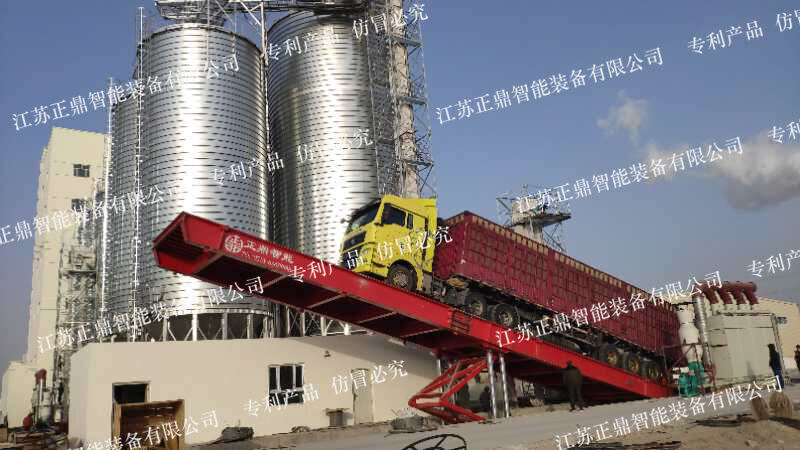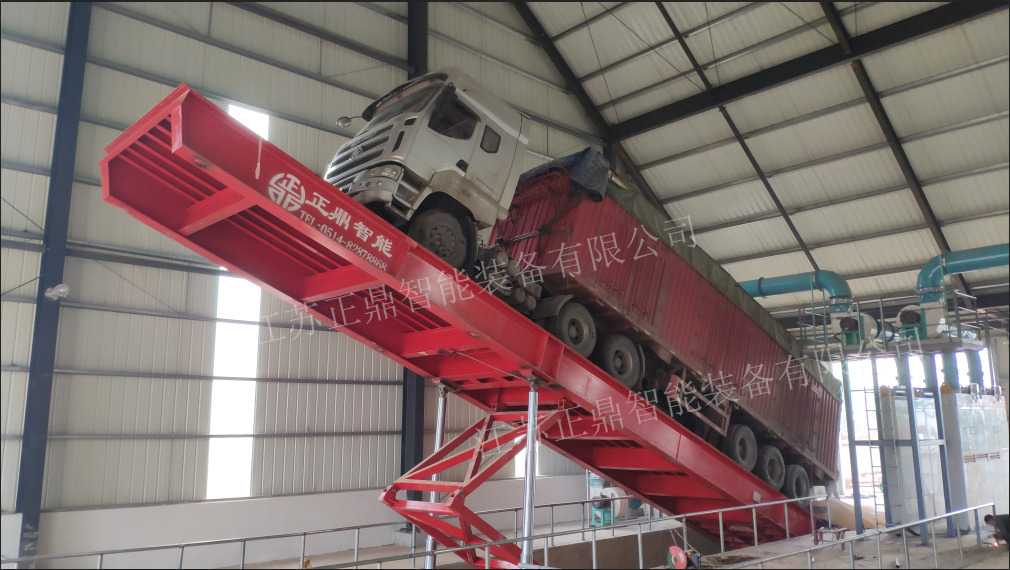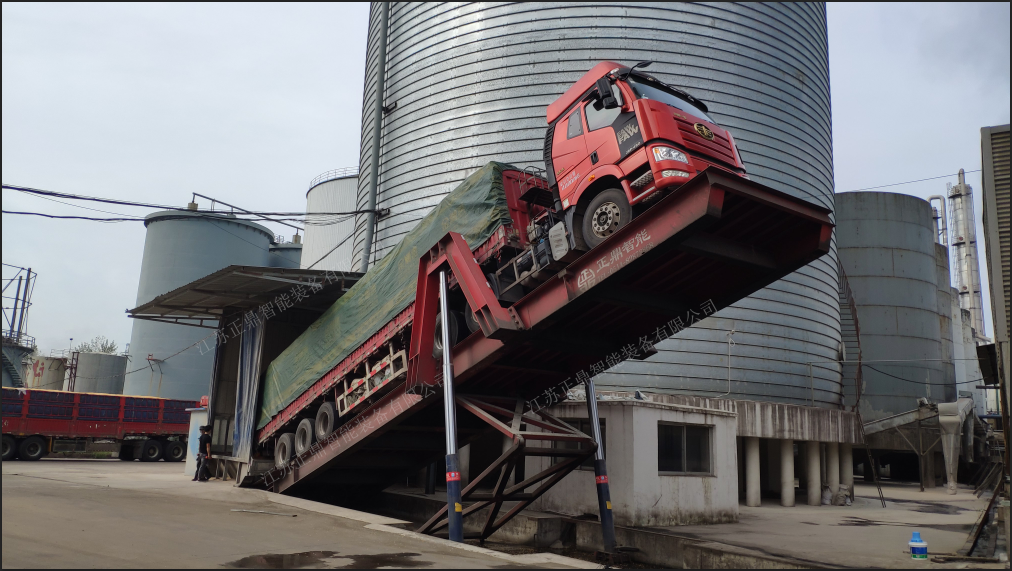cost of a dumper truck
The cost of a dumper truck represents a significant investment in construction and mining operations, typically ranging from $30,000 to $200,000 depending on size, capacity, and features. These versatile vehicles are engineered for heavy-duty material transport, featuring robust construction and advanced technological capabilities. Modern dumper trucks come equipped with automated tipping mechanisms, GPS tracking systems, and fuel-efficient engines that optimize operational costs. The initial investment covers essential components like the hydraulic lifting system, reinforced chassis, and safety features including backup cameras and proximity sensors. Maintenance costs generally account for 15-20% of the annual operating expenses, while fuel consumption varies based on load capacity and terrain conditions. The purchase price also factors in technological advancements such as computerized diagnostic systems, ergonomic cabin design, and environmental compliance features. When considering the total cost of ownership, buyers must account for depreciation, insurance, operator training, and regular maintenance schedules. These vehicles typically offer a service life of 8-12 years, making them a long-term investment for construction companies and mining operations.


